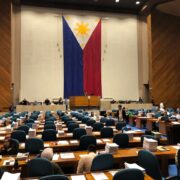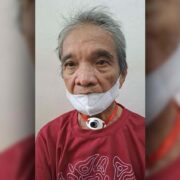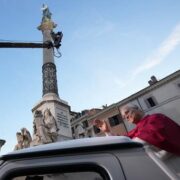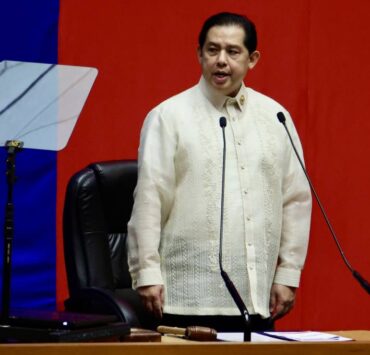PH seeks France’s help after Rizal bust at Paris park goes missing
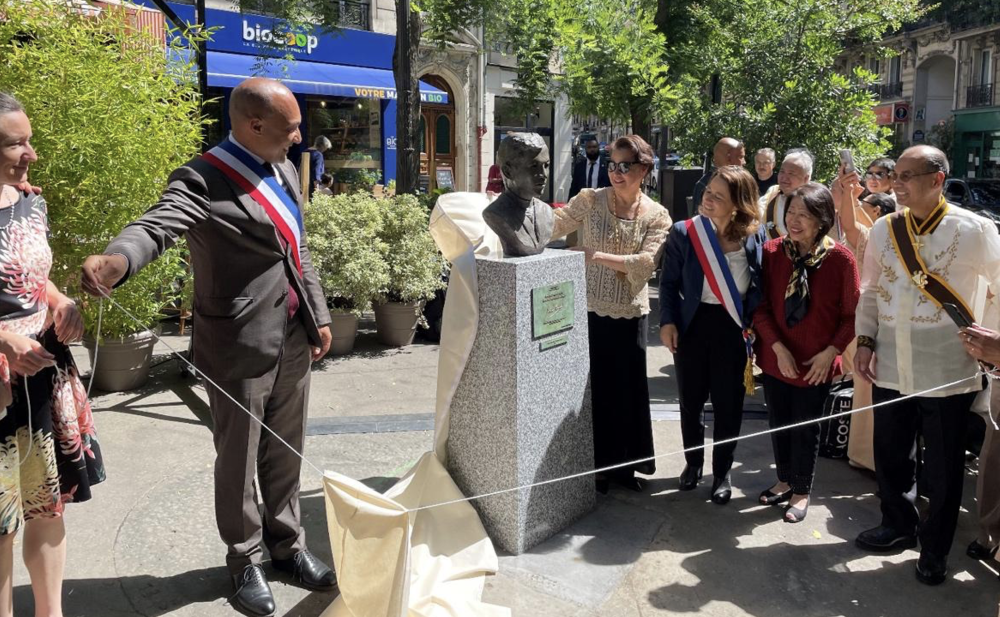
The Department of Foreign Affairs (DFA) on Tuesday said it is coordinating with French authorities in Paris for the retrieval or replacement of a bust of Filipino hero and novelist Jose Rizal that has been missing at a park for more than a week.
DFA spokesperson Angelica Escalona, in a statement to reporters, confirmed the disappearance of the Rizal bust around the night of Oct. 25 or 26 from Place Jose Rizal at a park intersecting the streets of rue de Maubeuge, rue Choron, and rue Rodier in the 9th district of Paris, where the late national hero reportedly stayed during his travels to this European country from 1883 to 1891.
“The matter has been promptly reported to local authorities in Paris, with whom the embassy is coordinating closely to monitor the progress of the investigation,” said Escalona.
“While the motive behind the removal remains unknown, public monuments are often vulnerable to vandalism or even destruction or theft. The embassy continues to work closely with local authorities and the Filipino community in Paris to pursue all avenues for recovery or replacement,” she added.
Cherished landmark
Escalona explained that it took some time before the Philippine government announced the incident to the public as the Philippine Embassy had to confirm details from French authorities.
The bust and pedestal of Rizal in Paris, a creation of French sculptor Gérard Lartigue, was inaugurated in 2022 at a public park named after him.
One of Rizal’s descendants, Maria Cecilia Lopez Bretault, joined the unveiling ceremony in Paris, which was held in time for the 75th anniversary of the establishment of bilateral relations between the Philippines and France.
The DFA noted that the bust of the Philippines’ national hero served as a “cherished landmark for Filipinos” in Paris, and a symbol of the enduring friendship between the Philippines and France.
Intermittent visits
Throughout the 1880s, Rizal visited France to further his studies in ophthalmology and learn more about French democratic ideals and values with his fellow ilustrados in Europe.
Rizal first arrived in France in June 1883, where he stayed for three months before leaving for Madrid, Spain. During his stay in Paris, he enjoyed the sights and sounds of the city, visiting famous landmarks and monuments such as the Champs Elysées, the Vendôme Column, the ornate Paris Opera House, Place de la Concorde and the Luxor obelisk, and the Church of the Madeleine.
He later returned to France to train under ophthalmic surgeon Dr. Louis de Wecker from November 1885 to February 1886. It was under Dr. de Wecker’s apprenticeship at his then clinic in 55 rue du Cherche-Midi—just a few steps from Hotel Aramis—where Rizal learned the cataract-surgery technique he would use on his mother, Teodora Alonzo.
He traveled to France intermittently up until 1891, and notably wrote parts of “Noli Me Tangere” while living in Paris. In 1891, he also completed the manuscript for “El Filibusterismo” in Biarritz, where he fell in love with Nellie Boustead. —WITH A REPORT FROM INQUIRER RESEARCH




